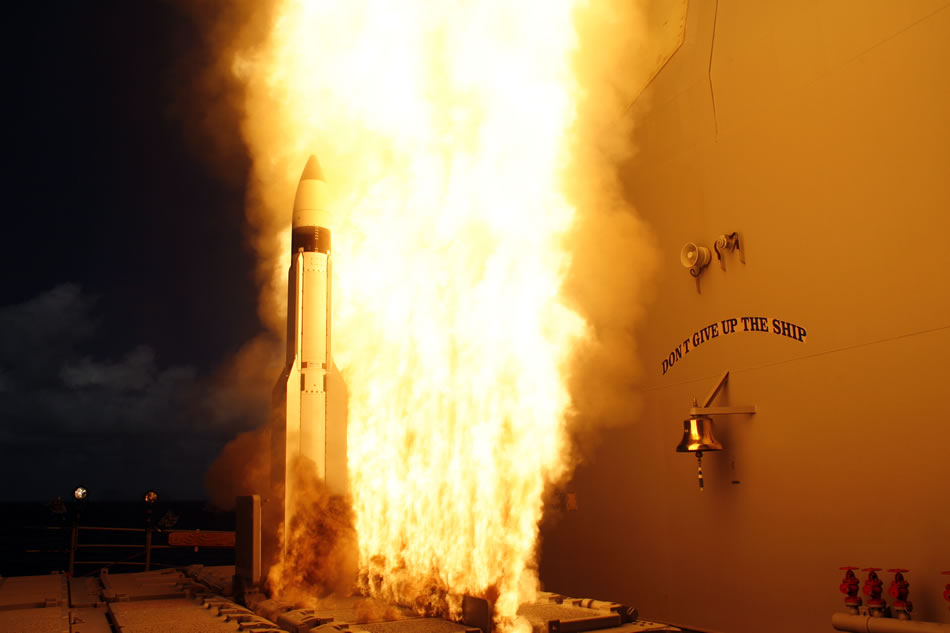

Prologue
It began in December, 1943 with the delivery of the 8th and 9th YP-59 Airacomets (s/n 42-108778 and 42-100779) to the Navy for investigation of bringing jets to aircraft carriers. By all accounts, one wouldn’t have been surprised if the Navy had passed on the concept based on initial impressions from these prototypes (also designated YF2L-1). Seriously underpowered, poor cockpit visibility and a nasty tendency to “float” after the “cut” was given for landing (there were no speed brakes as the aircraft’s laggard performance didn’t merit as such), the YP-59 was less than impressive, and was outclassed by shore- and sea-based prop fighters. Fortunately, for folks like Lex, there were some in the Navy who saw through the pile of – residue, and beheld the pony buried therein. The McDonnell FD Phantom, the Navy’s first jet, designed from the start for carrier ops, was the result.


XFD/XFH-1
In August 1943, even while anticipating delivery of the YP-59, the Navy contracted a relatively new firm (founded in 1939) to design a new, jet-powered fighter using Westinghouse-designed and built engines. Previously, McDonnell had not designed or produced one aircraft type in any quantity; neither had it produced any aircraft for the Navy. What it did offer was minimal impact to the other major production lines ongoing at the mainstream manufacturers (Curtiss, Grumman and Douglas as well their partners) and design inclinations that tended towards the unconventional (e.g., the XP-61 Moonbat and the TD2D jet powered-drone). McDonnell would not disappoint with the FD (later re-designated to FH) Phantom.
The first design proposed to use six mini-jets (similar to those used in the T2D2), each measuring some 9 ½ inches in diameter and providing all of 300lbs of thrust. All six would be buried in the wings to reduce drag – three to a side. Eventually, as Westinghouse’s 19XB-2B engines became available, the design morphed to accept two of these 1,165 lb st engines, also to be buried in the wingroot. As was the case through the 1940s and 50s for jet aircraft, progress on the airframe outpaced that of the engine. When the airframe was ready in January 1945, only one 19XB-2B was ready, so the first flight was made with a single engine installed.


The promise shown in the early flight tests led to a production contract for 100 that was let in March 1945 (note that over at North American, similar efforts for the Navy were underway with the FJ Fury – a previous Flightdeck Friday topic). This was trimmed back to 30 immediately after the war, but eventually grew back to 60. On 21 July 1946, the FD Phantom entered the record books as the first pure jet to operate off an aircraft carrier as it conducted CQ on the Midway-class carrier, USS Franklin D. Roosevelt (CVB-42).
The production variant, FH-1, entered fleet service exclusively with VF-17A in July 1947 (later re-designated VF-171) and with the Marines in VMF-122. By 1950, it was being phased out of fleet service and moved to the training command to train aviators in jet operations. Newer jet fighters, the F2H Banshee (from McDonnell) and the F9F Panther (Grumman) were making their presence felt at this point with their superior performance.
On a side note – an interesting contemporary of the Phantom was being built across the plant for the USAF – the XF-88 (contracted for in March 1946) using a pair of Westinghouse’s J34 turbojets (4800 lb st each). The XF-88 provided the basis for the F-101 Voodoo as well as providing design impetus for the F3H Demon – which itself, provided the basis for the famous F4H Phantom II. Three degrees of separation indeed…


Performance Specifications:
General characteristics
* Crew: One
* Length: 37 ft 3 in (11.35 m)
* Wingspan: 40 ft 9 in; 16 ft 3 in with folded wings (12.42 m / 4.95 m)
* Height: 14 ft 2 in (4.32 m)
* Empty weight: 6,683 lb (3,031 kg)
* Loaded weight: 10,035 lb (4,552 kg)
* Max takeoff weight: 12,035 lb (5,459 kg)
* Powerplant: 2× Westinghouse J30-WE-20 turbojets, 1,600 lbf (7.1 kN) each
* *Fuel capacity: 375 US gal (1,420 L) internal, 670 US gal (2,540 L) with external drop tank
Performance
* Maximum speed: 479 mph (771 km/h) at sea level
* Cruise speed: 248 mph (399 km/h)
* Range: 695 mi (1,120 km)
* Ferry range: 980 mi (1,580 km) with external drop tank
* Service ceiling: 41,100 ft (12,525 m)
* Rate of climb: 4,230 ft/min (1,289 m/min)
* Wing loading: 36.4 lb/ft² (178 kg/m²)
* Thrust/weight: 0.32
Armament
* 4x .50-caliber (12.7 mm) machine guns











WOW ! Having been in VF-41 when we flew the F2H3, one must be impressed with the very fact that such underpowered engines could have taken the early birds to 4000-plus rate of climb. We had a very inactive a/c with the later J34 engines, around 3200# on a good day.
Bill:
Double checked several sources and all confirmed indeed a 4230 fps climb-rate for the FH-1…
-SJS
Everybody’s right – The Standard Aircraft Characteristics Chart dated 1 March 1946 states 4,230 fpm at sea level, 9,820 lbs gross weight and the FH-1 Pilot’s Handbook AN 01-245FA-1 revised 1 July 1948 gives 3,150 fpm at sea level, 10,035 lbs gross weight. (10,000 pounds was full internal fuel.)
A neat airplane. Three of them survive and are on display – BuNo. 111759 at NASM in DC, 111768 at Wings of Eagles near Elmira NY, and 111793 at Pensacola.
One minor observation – FDR was still CVB-42 in 1946. The CVA designation did not come into use until 1952.
DOH! you’re right, CVB it is (was)…
-SJS